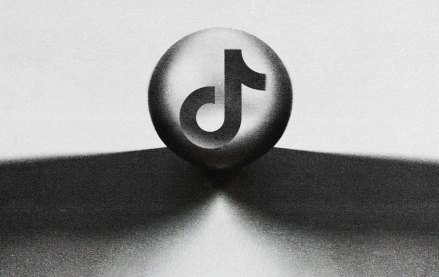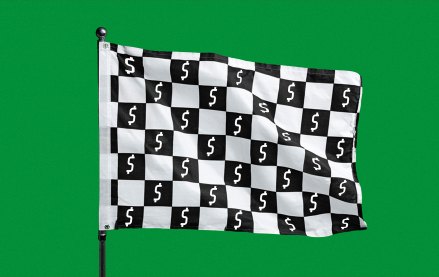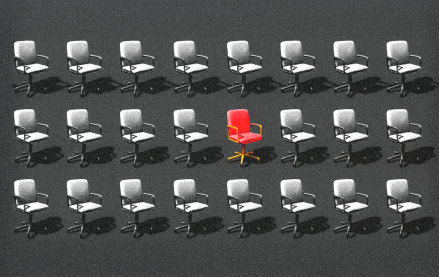‘Gamechanger’ or ‘chaotic’? Twitter’s new TV ad leaves people confused

To promote its flashy new Moments feature, Twitter went old school.
Last night, Twitter debuted its second-ever TV commercial during Game 1 of the World Series in an attempt to get people excited to use its recently unveiled chaos-taming tool. Weird and loud, the 30-second spot showcases trending moments during the Major League Baseball playoffs through tweets and memes.
Reactions to the spot were decidedly mixed. One user called it “incomprehensible” while another commented hesitantly that it’s “strangely re-watchable.” Here’s what people on Twitter thought about Twitter’s ad:
After that ad for Twitter I’m gonna keep using Twitter for free
— Rodger Sherman (@rodger_sherman) October 28, 2015
Cool @twitter ad touting moments during #WorldSeries. — Rob Biedermann (@robbieder) October 28, 2015
First @twitter Moments World Series ad made product seem chaotic, “young” and meme based $TWTR
— Ryan M Craver (@ryanmcraver) October 28, 2015
Nothing has made me want to stop using twitter more than the tv ad that was just on — alexander Hemsley (@AlexHemsley) October 28, 2015
Love the new Post Season @twitter ad. Watching sports with @TwitterMoments is an absolute #gamechanger. #LGM https://t.co/SGehGLXJKe
— Jared Podnos, CFA (@jpodnos) October 28, 2015
People don’t know what Twitter is let alone Twitter moments. Really poor way to start a tv ad campaign — Anthony Quintano (@AnthonyQuintano) October 28, 2015
Obviously, the ad isn’t intended for people who spend all day on Twitter transcribing their thoughts. The ultimate goal, as Twitter’s CFO Anthony Noto told the Verge, is to attract new users by “using their interests as hooks, rather than Twitter itself as the hook.”
Twitter could use all the help it can get after yesterday’s dismal earnings call revealed that growth has virtually stalled in the U.S. for the past year. CEO Jack Dorsey said Moments was part of his turnaround plan, saying that it “represents a real shift in our thinking.”
The ad was designed by TBWA\Chiat\Day, the agency behind Apple’s iconic “1984,” which is credited with helping turn the company around. While it’s miles ahead of Twitter’s first boring 2012 TV ad that focused on NASCAR, last night’s ad didn’t appear to have the intended impact.
A TBWA\Chiat\Day spokeswoman told Digiday that more commercials, both on TV and online, are rolling out in the “weeks to come” with a second online-0nly spot debuting tomorrow.
More in Marketing

Even with a new U.S. TikTok deal in sight, marketers feel uneasy
A new U.S. TikTok app means starting from scratch.

How Best Buy aims to woo advertisers in a crowded and competitive RMN marketplace
Best Buy Ads held its first upfront event to pitch new ad products and creator partnerships as it vies for budget in a competitive retail media space.

Future of Marketing Briefing: In the age of AI, the CMO role gets a corporate makeover
For all the TED-talk theatrics about transformation and innovation, the CMO gig has, for the past 15 years, been one long exercise in reactive survival.





